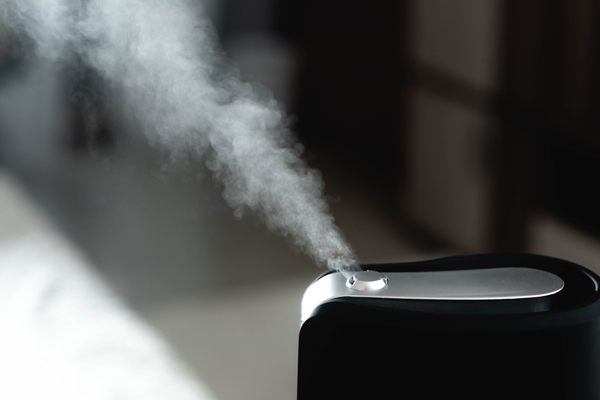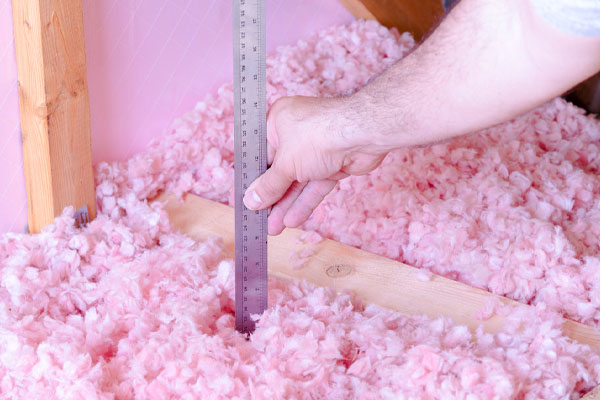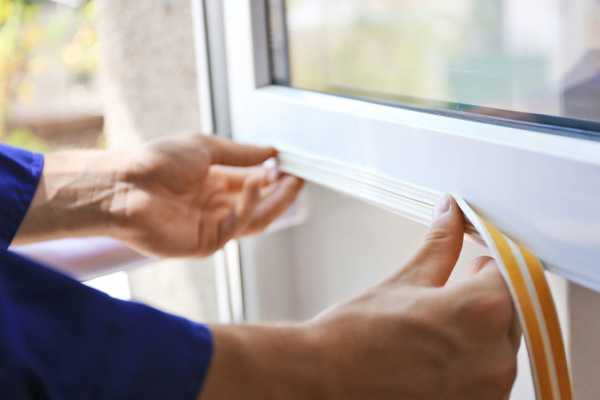
Winter brings several wonderful things and a few inconveniences. Aside from the low temperatures and several inches of snow, there’s also the dry indoor air that we all have to contend with. Although dry air does not seem to be a very serious problem, it is far from being completely harmless. Many homeowners often ignore indoor air quality, failing to recognize its importance to health and comfort until after dry air symptoms start showing up. Learn more about dry air, how it contributes to indoor air quality, and what you do to fix the problem.
Causes Of Dry Indoor Air During The Winter
Dry air refers to the condition of the environment wherein the level of water vapor is very low or even non-existent. Water vapor is naturally present in the air. However, this depends on the temperature of the environment. Cold air is naturally incapable of holding moisture compared to warm air. This explains why dry air is more prevalent during winter.
The amount of water vapor or moisture in the air is called humidity. Humidity levels indoors will determine how comfortable your home is. Some of the most common causes of dry indoor air include:
Lack Of Or Problems With Insulation
Indoor air quality standards are maintained when there is a good balance of moisture in the air. If there is too little, it is likely because your home does not have sufficient insulation. Your central heating will reduce humidity levels indoors. However, as long as there is sufficient moisture in the air, the balance can be maintained.
If your home has holes, cracks, or gaps, it will likely pull in dry air from outside. As a result, the level of humidity is reduced further, causing discomfort associated with dry air.

Lost Humidity Is Not Replaced
Each time a heating appliance is turned on, humidity is reduced. The same is true with cooling appliances, such as air conditioners. If the amount of moisture lost is not replaced, the air remains dry.
The Health Effects & Damage Of Dry Indoor Air
Exposure to dry indoor air for long periods can lead to several problems for both your health and your home. Some of the most common effects of dry air include:
Respiratory Problems
Dry air causes the body’s airways to constrict, making it difficult to breathe properly. This causes problems for people with chronic respiratory issues such as asthma. Some of the symptoms that can occur may include coughing, chest tightness, and shortness of breath.

Dry Skin and Other Problems
Dry skin can lead to other problems such as itchiness and flaking. Air with a very low level of humidity can also lead to dry, brittle hair. People already sick with the flu may also experience worsened symptoms, including chills and dry, itchy eyes.
Damage To Wooden Components And Structures
If your home has hardwood floors, wooden doors, window frames, or furniture, dry air can cause warpage which can deform perfectly smooth surfaces. Wood components can dry out and crack, and deformities can make windows, doors, even cabinets and closets difficult to open and close.
Dry air can also cause damage to walls, causing the paint to crack and wallpaper to peel off. If you have books, paintings, wooden or paper sculptures, and musical instruments, dry indoor air can damage these, too.
What Homeowners Can Do To Remove Dry Air
Dry indoor air can be fixed and there are things you can do to maintain the balance of moisture in the air.
Fix The Drafts
Locate areas that may allow outdoor air into your home and fix them. Holes, cracks, and gaps can be fixed with putty, fillers, or foam sealant. Apply weatherstripping for doors and windows to prevent air from going in and out. Also, be sure to check your home’s insulation and add more if necessary.

Use A Humidifier
Humidifiers work wonders in dry air conditions, adding much-needed moisture to the air. There are compact, spot humidifiers you can use for small spaces. However, to ensure improved conditions throughout your home, consider installing a whole-house humidifier instead. This allows for more effective and cost-efficient comfort.
Get Your HVAC System Checked
Regular HVAC maintenance is key to ensuring that your heating system works well. Ideally, have it checked annually, preferably before the winter months. Your HVAC contractor can identify problems early on and have them resolved to prevent discomfort and inconvenience to you. Getting your HVAC system in top shape will also help prevent indoor air pollution and keep your home environment safe for your health.
Conclusion
You and your family do not have to suffer from poor indoor air quality, especially during winter. If you have dry air issues now, you can fix them with the right steps and approaches to improve your living conditions and get your home ready for winter. Winter is the season to enjoy being indoors and what better way to do so than to make your home conditions comfortable and safe.
Call Point Bay Fuel For Fast & Affordable Home Comfort Services

Point Bay Fuel offers superior heating and cooling services in the area. We hire the best NATE certified technicians who can provide you with excellent HVAC tune-ups, repairs, installations, and replacements. Each of our techs has the knowledge and experience to service your HVAC system correctly.
When you need an HVAC system repair or replacement, you can rest assured that you are in good hands with Point Bay Fuel. We offer the most competitive HVAC service costs in the area, and we back our work with a guarantee. Our heating and cooling services prioritize energy efficiency, comfort, indoor air quality, and more. To schedule an appointment, give us a call today for a free, in-home estimate.
Contact us now by calling (732) 349-5059 to speak to one of our home comfort specialists!
The post How To Combat Dry Air Symptoms In Winter appeared first on Point Bay Fuel.
No comments:
Post a Comment